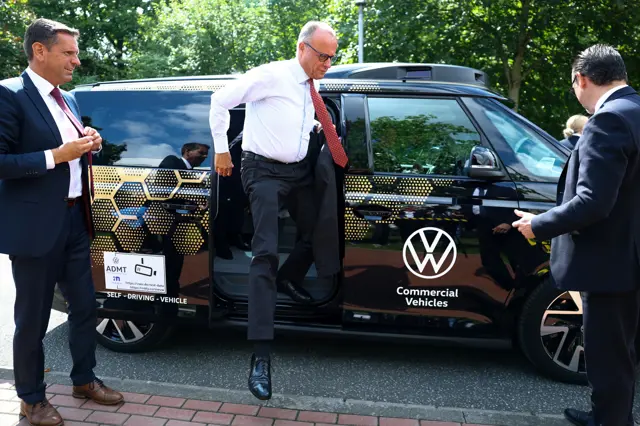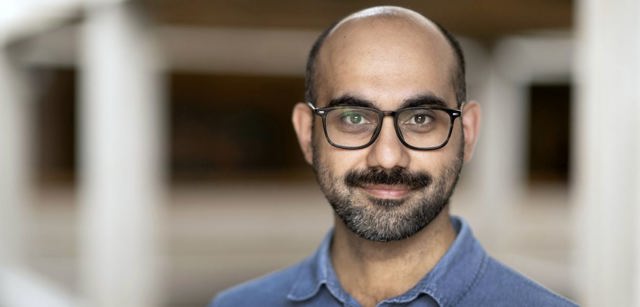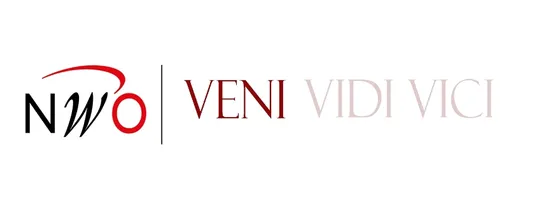< Back to news
Roald: "Motion amplification is a new technology that uses a camera to collect images of tiny movements, invisible to the eye. These movements are then extremely amplified with artificial intelligence. A well-known example is a video from the Massachusetts Institute of Technology (MIT). which shows how this technology makes visible the subtle breathing of a newborn baby, or someone's pulse. 


3 October 2023
Making the invisible visible with AI: Roald studied it
At the HvA's new master's in Applied A.I., the first batch of students graduated this summer. What is unique about this master's is that students not only learn the theory, but also make and apply A.I. models and critically examine the consequences for fields of study.
Roald Teunissen delved into 'motion amplification', a new application of artificial intelligence that is going to mean a lot for the healthcare, maintenance and energy sectors.
What does this new form of A.I. entail?
Roald: "Motion amplification is a new technology that uses a camera to collect images of tiny movements, invisible to the eye. These movements are then extremely amplified with artificial intelligence. A well-known example is a video from the Massachusetts Institute of Technology (MIT). which shows how this technology makes visible the subtle breathing of a newborn baby, or someone's pulse.
Motion amplification will soon be especially indispensable for maintenance. In the logistics, manufacturing and energy sectors, you can use it to detect defects early (predictive maintenance). The A.I. model monitors the entire system and predicts where maintenance is needed before something breaks down. Like a wind turbine with too much vibration in the motor."
Why is this development relevant?
"The social relevance of motion amplification is great for the construction and manufacturing sector, infrastructure and healthcare. After all, you don't need to perform any intervention to detect abnormalities. All you need is a camera, lens, and powerful minicomputer; which comes to over 800 euros. That's a relatively low cost for something that can have a lot of impact, compared to, say, the cost of surgery."
Read the entire interview here (in Dutch).
Vergelijkbaar >
Similar news items

August 13
Volkswagen’s self-driving e-shuttles — coming to Amsterdam next?
Volkswagen is testing autonomous e-shuttles in Hamburg and aims to roll them out across European cities within two years, Amsterdam included.
read more >

August 13
Podcast: finding religious meaning and identity through AI
How can AI help rediscover religious texts and identity? In the latest episode of Studio VU, Yusuf Çelik shares his story.
read more >

July 22
Veni grants for 28 UvA and Amsterdam UMC researchers
The Dutch Research Council (NWO) has awarded Veni grants to 28 researchers from the University of Amsterdam and Amsterdam UMC.
read more >